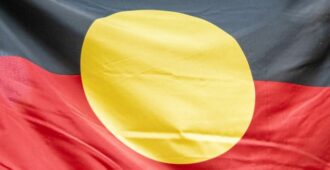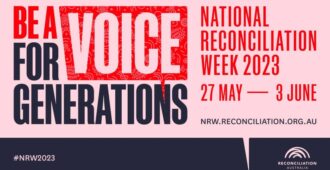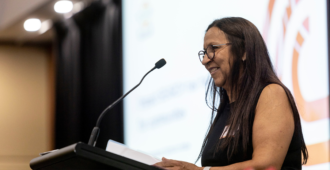

More than one in six urban Aboriginal children have elevated blood pressure, and a further 12% have prehypertension, the SEARCH study has shown, with researchers suggesting family and community-based interventions may be the best way to tackle the problem.
The researchers, working as part of the major research partnership – the Study of Environment on Aboriginal Resilience and Child Health – analysed blood pressure measurements, along with other data about 657 urban Aboriginal children aged 2−17 years and their carers who are participating in the Study.
SEARCH is Australia’s largest long-term study of the health and wellbeing of urban Aboriginal children, and is creating a long-term platform for closing the gap. It is an active partnership between Aboriginal Community Controlled Health Services and researchers, where the health services set the research priorities and guide how data is collected, interpreted and used. It is Australia’s largest long-term study of the health and wellbeing of urban Aboriginal children, and is creating a long-term platform for closing the gap. It takes a deliberately different approach to researching issues of Aboriginal health, going beyond simply describing the issues Aboriginal communities face, and investigating ways to use research data that will improve care and improve lives.
Hypertension rates
The study findings, published in the Journal of Hypertension, showed that overall, 15.6% of the children studied had systolic and/or diastolic hypertension. An additional 12.3% had prehypertension.
The researchers said the figures compared with international data that estimated the prevalence of hypertension in children to be 3−5%, and prehypertension 15−25%.
The finding that blood pressure (BP) was frequently elevated in urban Aboriginal children was significant, because blood pressure in children was known to track into adulthood, and blood pressure in the high−normal range was associated with cardiovascular events in adults, they said.
“Given the high rates of premature cardiovascular disease in Aboriginal people, these data highlight the need to employ appropriate cardiovascular preventive measures and to monitor absolute cardiovascular risk carefully in Aboriginal people, with BP-lowering treatment as necessary,” they wrote.
The rich data provided within SEARCH also enabled them to examine the relationship between hypertension and other variables. They found the strongest predictors of elevated blood pressure in children were caregiver blood pressure, and the child’s body mass index (BMI).
The higher the caregivers’ systolic blood pressure (SBP), the higher the likelihood that the child had elevated blood pressure, the study showed. And for every 1 kg/m2 increase in the child’s BMI, their SBP increased by about 0.8 mmHg.
No associations were found between children’s blood pressure and factors such as crowded housing conditions, caregiver job loss or emotional difficulties.
Implications of the findings
The SEARCH researchers said high prevalence of hypertension highlighted the likely importance of checking blood pressure in routine or opportunistic encounters with Aboriginal children. They said follow-up of the children and caregivers through the longitudinal SEARCH study would help to shed further light on factors that predicted changes in blood pressure.
“Our findings suggest that family and community-based interventions would be well suited to tackling the problem given the likely association between child and caregiver BP,” they wrote, adding that broader, culturally appropriate strategies were also needed to tackle childhood obesity.
“SEARCH is producing actionable information about the health of Australian Aboriginal children living in urban areas. This is important because over half of all Aboriginal people in Australia now live in urban and major regional centres.”
The SEARCH partners are: The Aboriginal Health & Medical Research Council, the Sax Institute, leading researchers across Australian universities and four Aboriginal community controlled health services: Tharawal Aboriginal Corporation (Campbelltown), Awabakal Ltd (Newcastle), Riverina Medical and Dental Aboriginal Corporation (Wagga Wagga) and Aboriginal Medical Service Western Sydney (Mt Druitt).
Find out more
- Read the full study in the Journal of Hypertension: Blood pressure among Australian Aboriginal children (subscription required for full text)
- Reader researcher Simone Sheriff’s insights on SEARCH: Searching for the answers on urban Aboriginal Health




